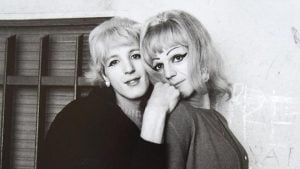Another way of observing the world, of getting closer to reality. Gaze on something different, otherwise neglected and forgotten. Will miss the curious and sensitive gaze of Lisetta Carmi98 years old in February, recent photographer also known for a series of shots by transvestites (at the time, today transgender), also collected in a book.
Big blue eyes and overflowing with energy until the end of her long life, Lisetta Carmi, born in Genoa, for almost twenty years, from the seventies to the eighties, traveled around the world with her Leica, documenting the life of Provos in Holland, the civil war in Ireland, the peasant villages ofAfghanistanPakistan andIndia. He has realized reportage in Sicily and Sardinia and he talked about his city with curiosity, the artists he met, the writers, the directors, the poets, the actors.
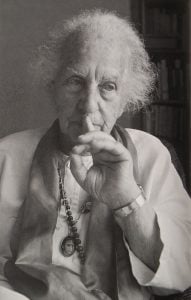
“For all life I searched for the truth – he told the writer -: not the absolute one, but the one that each of us should pursue. I am Jewish, as a child I suffered racial persecution, and I feel the inside of me suffering of the Jewish people. A suffering that has opened me towards those who suffer, those who are oppressed by power. But I am sorry for what is happening in the Gaza Strip “.
The transvestites in Lisetta Carmi’s lens

In 1972 his well-known series was published The transvestites, ante litteram compared to the work of many subsequent photographers, and from which the book of the same name was born. “It was the story of a deep relationship between me and them – she replied to those who asked her about this series of shots -. We lived in the same neighborhood in Genoa, in Piazza Fossatelloand I started photographing them on New Year’s Eve 1965. Then I gave each of them three photographs and so began a friendship that lasted six years. I was aware of the importance that my work had on a social, political and historical level. I felt I was doing something exceptional in a world dominated by sinister respectability and a power that used and exploited them. Before dying, the Moraine, one of them, called me to say hello and showed me my book. She kept it as a precious asset “.
“I was the third daughter after two male brothers and for a while I didn’t quite understand if I was a boy or a girl, it was the old man’s transvestites. Ghetto of Genoa that I photographed that made me understand that there are no men or women, only human beings. “
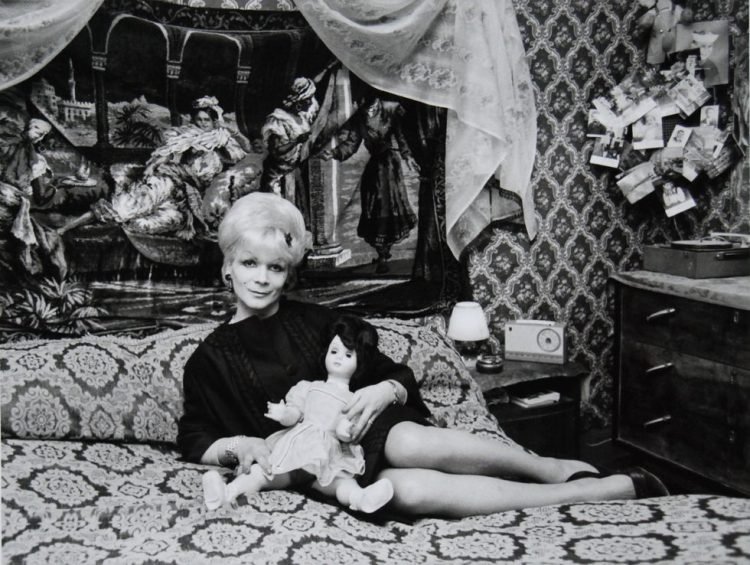
The encounters of his life
Carmi is a woman, a woman who takes care of dirty things. She will be called one dirty. So that book that is now a cult, The transvestites, he was rejected by one of the bookstores italietta bachettona. Along her life and professional path, Lisetta Carmi has met characters who have marked her existence, first of all Ezra Pound: “Speaking with him I saw his immense soul, his inner greatness, the infinite and desperate poet“, his comment.
And then the transvestites in the ancient Jewish ghetto of Genoa, the port, the Living Theater, the Paris metro, the inside of a bus in Jerusalem. Just to name a few pictures. “I am convinced that a good photographer – he is the one who sees the other, who feels the essence of the world in which he moves – confided the photographer -. I have a merit, that of having worked so hard, and I had great luck: to be able to see beyond things“.
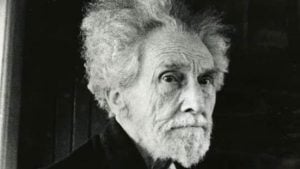
The music and then the light, the street demonstrations, the reportages in the favelas, the years spent telling the soul in the eyes of transvestites, in the struggles of the dockers, in the faces of poets. “All my life I have worked to understand”, the great Lisetta Carmi told of herself, already elderly. An existence multiplied by five of her, but also incredibly varied, rebellious, nonconformist, unique, as also underlined by the Minister of Culture Dario Franceschinialbeit always “in the name of the least, to” give a voice to those who do not have it “.
From sounds to light, because in the beginning there was the piano and a concert career started immediately after the war, in spite of the racial laws and the trauma – which marked her forever – of the expulsion from school at 14, of the hidden months, of theexile in Switzerland.
Lisetta and the love for photography
With 1960 the first turning point, when to pursue the civil passion he discovered photography on his own and made it a profession, abruptly abandoning the piano, the tours, the applause, to throw oneself with an impetuous and happy passion into the story of the most unfortunate lives. “If my hands are to become more important than the rest of humanity, then I stop”, she said she replied peremptorily to her teacher. Alfredo They who advised against taking part in a demonstration by dockers.
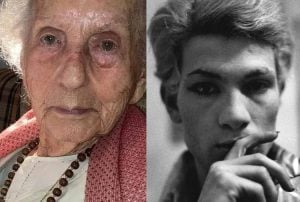
Here it is then, with one Leika given to her by her father, documenting the hard work of the workers, the humiliated lives of transsexuals in his Genoa, the horror of the most extreme poverty, in Venezuela, where every morning he was accompanied to the landfill to document the desperation of the many committed to collect something to sell. Years of discoveries, battles, travels, in Israel, Palestine, South America, Afghanistan. Without forgetting the commitment to the theater.
The portraits and the meeting with Ezra Pound
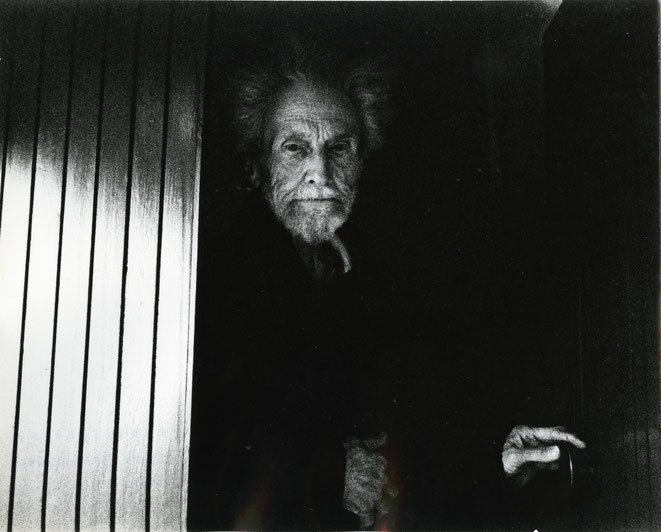
Or the many portraits of artists and intellectualssome remained legendary, such as the one immortalized by the poet Ezra Pound already old, his eyes sparkling in his wrinkled face. A shot obtained in 4 minutes, he will then tell her afterwards: “But in those 4 minutes I understood what a great poet he was. And above all that he was not a fascist “. A huge, highly concentrated job.
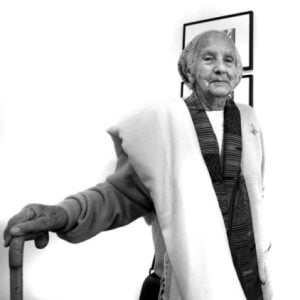
“In 18 years I have done what you do in 50”, he acknowledged some time ago with a pinch of pride, happy with the recent rediscovery of his shots, with many exhibitions that have paid tribute to him, from the 2018 retrospective in Rome to the Museum in Trastevere, at the collective of the Quadriennale “Out”the review of the Man of Nuoro in 2021, up to the last, closed only a couple of months ago at Palazzo Ducale in Genoa dedicated to the Port and its workers.
“I have never sought success”, he explained, illustrating yet another new life, the one dedicated “to silence and meditation”, which he had chosen at the end of the seventies after the dazzling encounter, in India, with the yogi teacher Babaji Herakhan Baba.
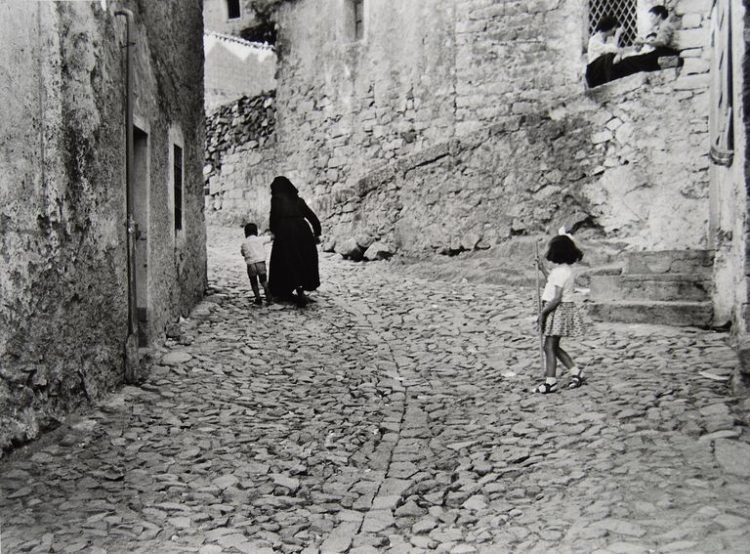
Here too a turning point, Lisetta considers her work as a photographer finished, she welcomes for herself a spiritual name, Janki Ramiand devotes itself to setting up a site of spirituality in Puglia, in Cisternino, where he had bought a trullo and where he will live almost fifty years of his very long life, leaving some of his photos and hundreds of books to the municipality. “At the beginning it was hard, the people here had no openness to the divine – she still said“, securely dictating her wishes for the aftermath. “I want to be cremated and then dispersed at sea – her wishes expressed in life -, no grave for me, I want to leave my mark on human beings “. The sign remains, today, in the light atmosphere of the farewell room set up for her in Cisternino, in the province of Brindisi, as in the many faces sculpted in the light of her black and white. It was she who pointed this out, recalling once more the wound of the persecutions she suffered and those she witnessed: “Always remember to think of others“.
To those who asked her why she had chosen as the subject the transvestites replied: “It all started with a New Year’s party to which I was invited, I discovered the suffering and loneliness of really good people“.
Lisetta Carmi, the photographer who gave voice to the last, died at the age of 98

